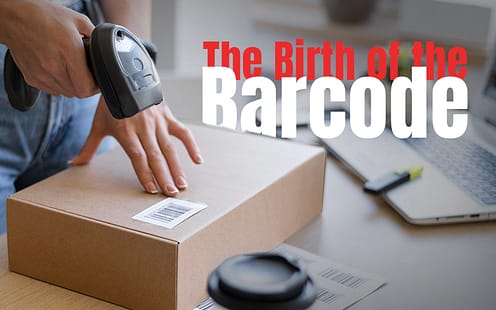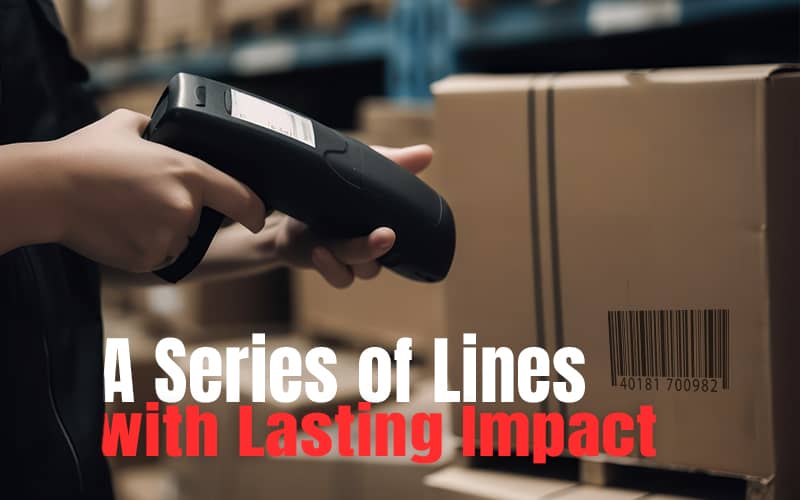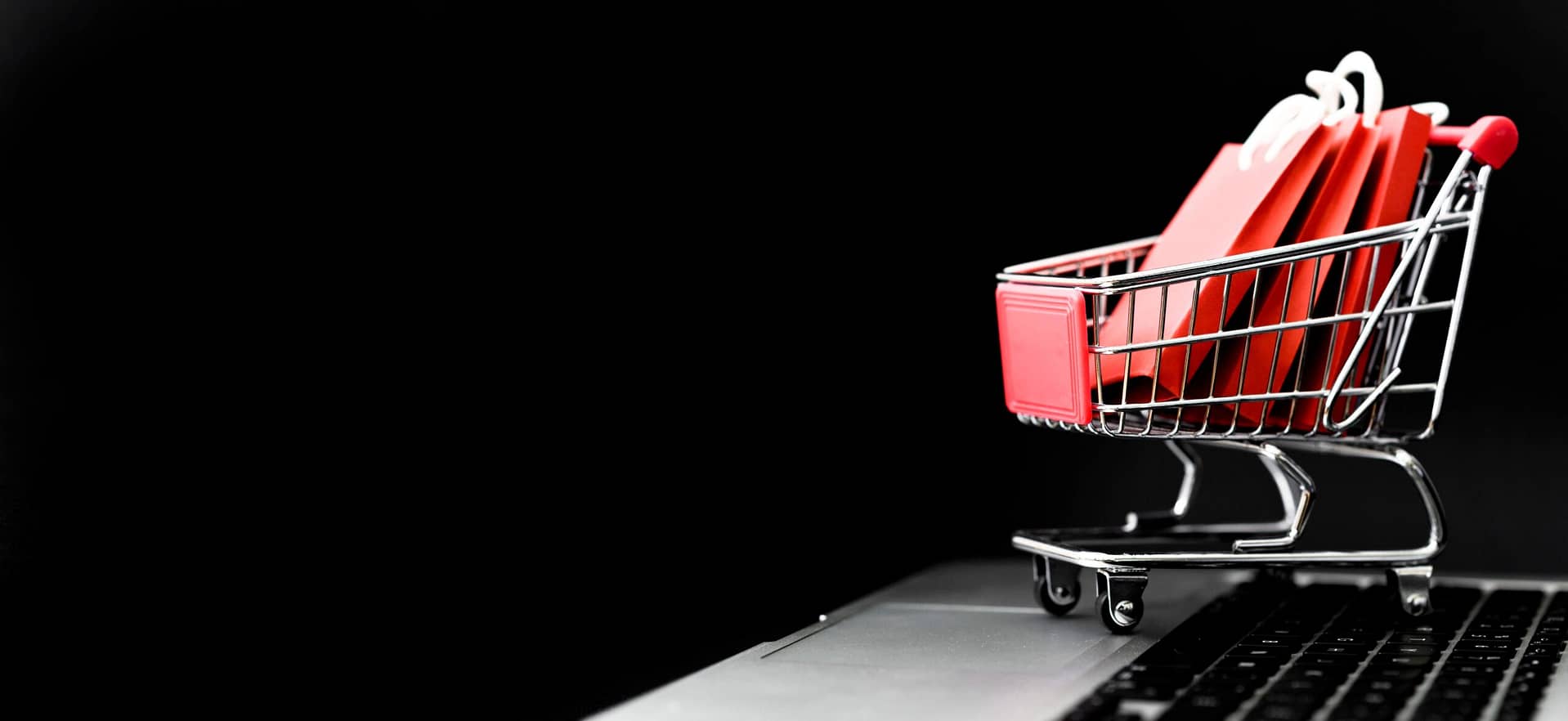In the bustling aisles of today’s supermarkets, a simple series of lines and spaces on product packaging might go unnoticed. Yet, this seemingly mundane design, known as the barcode,
has revolutionized the world of retail in ways few could have imagined. Let’s embark on a journey to explore the history and impact of the barcode.
1. The Birth of the Barcode
The concept of the barcode dates back to the 1940s. Bernard Silver, a graduate student, overheard a supermarket executive wishing for a system to automatically read product
information during checkout. Teaming up with fellow student Norman Joseph Woodland, the duo began working on a solution. Their initial design, inspired by Morse code and movie
soundtracks, was a bullseye-shaped pattern of concentric circles. However, it wasn’t until the 1970s, with advancements in laser technology and computer systems, that the
rectangular barcode we recognize today became standard.
2. Streamlining the Checkout Process
Before barcodes, cashiers manually entered product prices, a process prone to errors and inefficiencies. The introduction of barcode scanners transformed the checkout experience.
Cashiers could now simply scan products, ensuring accurate pricing and speeding up the transaction process. This not only enhanced customer satisfaction but also allowed retailers
to serve more customers in less time.
3. Revolutionizing Inventory Management
Beyond the checkout counter, barcodes played a pivotal role in inventory management. Retailers could now track products with unprecedented accuracy, from the warehouse to
the store shelf. This led to better stock control, reduced overstocking or understocking issues, and insights into product performance. Retailers could make data-driven decisions,
optimizing their inventory based on real-time sales data.
4. The Evolution Continues
While the traditional barcode remains prevalent, technology continues to evolve. QR codes, which can store more data and be scanned by smartphones, bridge the gap between
physical products and digital information. NFC (Near Field Communication) tags allow for tap-and-go product interactions, further enhancing the retail experience.
5. A Series of Lines with Lasting Impact
The barcode, in its simplicity, has profoundly impacted the retail industry. It’s a testament to how innovation, even in its most basic form, can drive efficiency, accuracy, and growth. As
we stand on the cusp of further technological advancements in retail, the humble barcode serves as a reminder of the transformative power of innovation.









